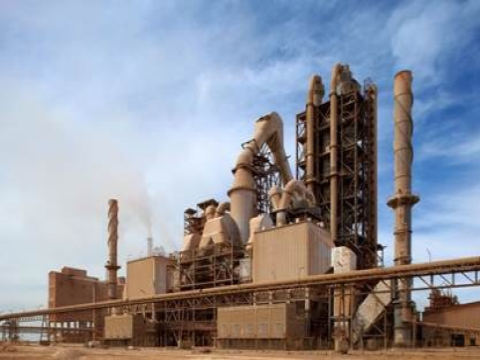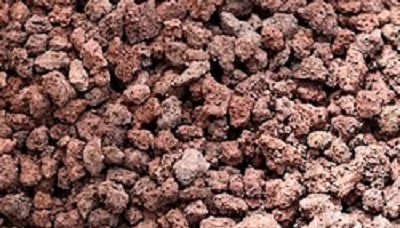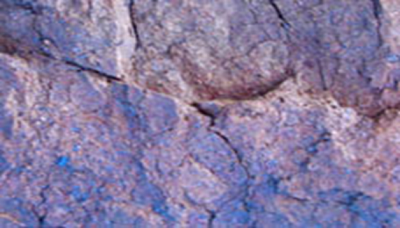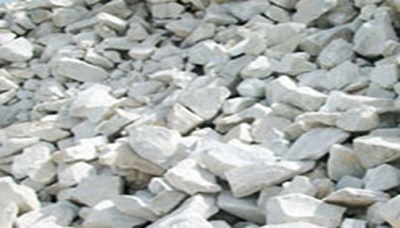-
Clinker & Cement Production Line
Portland cement clinker is made by heating a homogeneous mixture of raw materials in a rotary kiln at high temperature . The products of the chemical reaction aggregate together at their sintering temperature, about 1,450 °C (2,640 °F). Aluminium oxide and iron oxide are present only as a flux to reduce the sintering temperature and contribute little to the cement strength. For special cements, such as low heat (LH) and sulfate resistant (SR) types, it is necessary to limit the amount of tricalcium aluminate formed. The major raw material for the clinker-making is usually limestone mixed with a second material containing clay as source of alumino-silicate. Normally, an impure limestone which contains clay or silicon dioxide (SiO2) is used. The calcium carbonate (CaCO3) content of these limestones can be as low as 80%. Second raw materials (materials in the rawmix other than limestone) depend on the purity of the limestone. Some of the second raw materials used are: clay, shale, sand, iron ore, bauxite, fly ash and slag. The clinker surface and its reactions in different electrolytic solutions are investigated by scanning electron microscope and atomic force microscopy.



